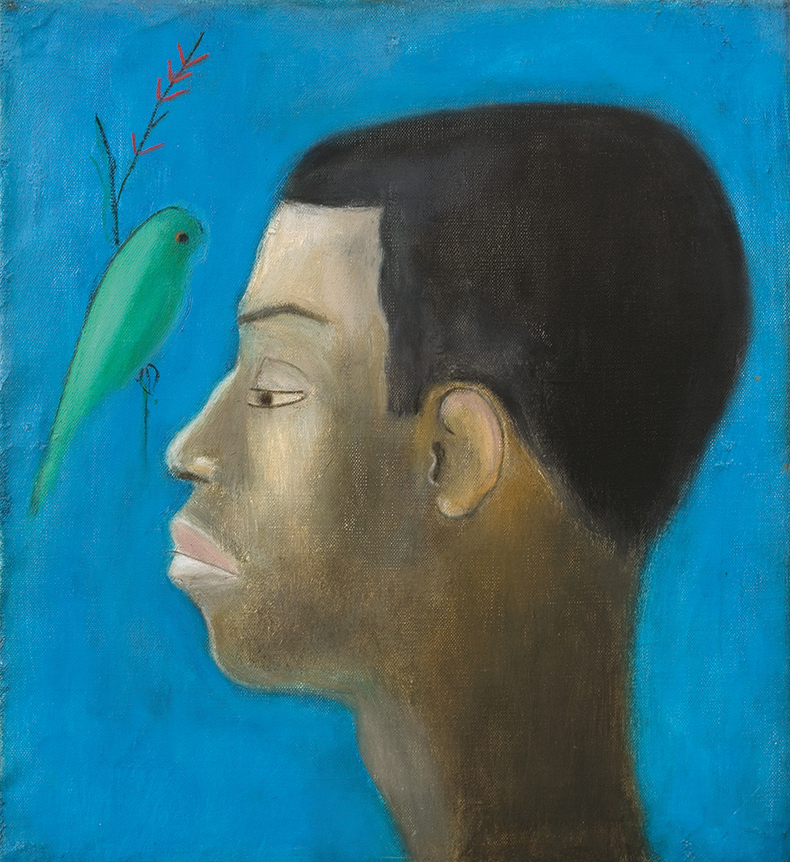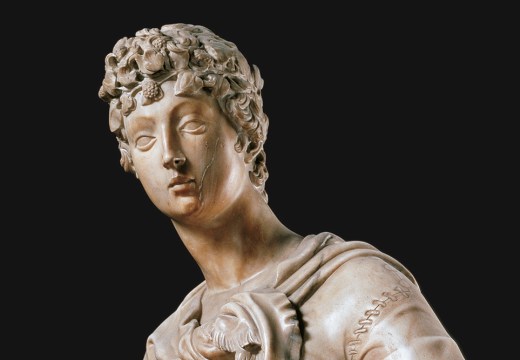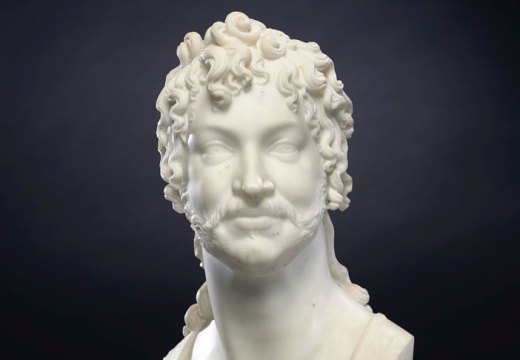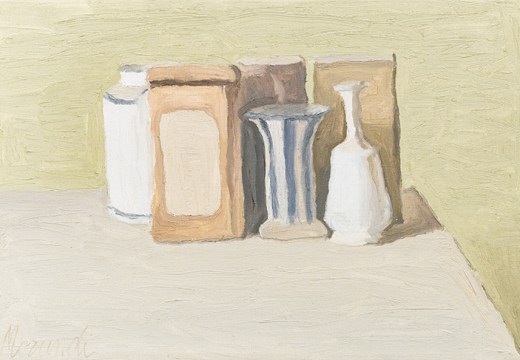From the September 2022 issue of Apollo. Preview and subscribe here.
Biennale Internazionale dell’Antiquariato di Firenze
For much of the past three years, talk of art fairs has hinged on how best to adapt to a world transformed by the pandemic and the rise of the digital sphere. Not so for Fabrizio Moretti, the secretary general of BIAF – the Biennale Internazionale dell’Antiquariato di Firenze (24 September–2 October). ‘There are not many changes,’ he tells me, from the fair’s last edition in 2019. ‘We remain the grand exhibition of Italian art.’
This means the focus remains on the artistic traditions of Italy. There are forays into the modern, says Moretti, but they are reserved for artists whose work is in harmony with past traditions, such as Giorgio Morandi. There is also room, among the 80 or so exhibitors setting up stall in the 17th-century Palazzo Corsini, for specialists in Roman, Etruscan and medieval antiquities. Above all, this remains the place for dealers to bring their finest Italian Old Master paintings into the spotlight.
A particular highlight comes in the form of an elaborate prank by the neoclassical artist Antonio Canova (1757–1822). Better known as a sculptor, in 1792, Canova allegedly managed to convince a group of leading artists in Rome – among them Angelica Kauffman – that a work he had painted was a genuine self-portrait by Giorgione (c. 1477–1510). Visitors can put their own connoisseurship to the test at the booth of Antonacci Lapiccirella.

Self-portrait by Giorgione (1792), Antonio Canova. Antonacci Lapiccirella
Meanwhile, Robilant+Voena, the London-based gallerists with outposts in Paris, Milan and New York, are bringing a particularly vivid depiction of the Feast of Absalom by the Siena-born painter Niccolò Tornioli (1598–1651). In the Old Testament story, the third son of David sets his servants to murder his drunken half-brother Amnon in revenge for the rape of their sister Tamar; weapons and sinews gleam in the vivid chiaroscuro of Tornioli’s composition, which is split in two by the bold diagonal of the toppling table.
The biennale has always been a municipal venture – its president is the mayor of Florence, Dario Nardella – and after a successful inaugural edition in 2019, Florence Art Week returns alongside the fair this year. A grand firework display marks the opening night on 22 September; shops are staying open late. ‘It’s important that the city gets the benefit,’ Moretti says, ‘that clients aren’t only buying art, but spending money in the restaurants and stores as well.’
This year, the fair also introduces a ‘docu-game’ app, Eternal Memories, to guide visitors around the fair. ‘We want to give the younger generation the chance to discover the most important objects on show in the Biennale,’ Moretti says. But this is a rare concession to novelty. Where other fairs are seeking constantly to grow in size and audience, Moretti suggests that: ‘Florence is not like Basel – it’s an experience in itself. And I don’t want to grow the fair – I just want to continue its quality.’
BIAF takes place at Palazzo Corsini, Florence, from 24 September–2 October.
Gallery highlights
Tsuyoshi Maekawa: Selected Works 1958–2018
Until 24 September
Axel Vervoordt, Hong Kong
Maekawa joined the avant-garde Gutai movement in 1962 as part of the group’s second generation, which changed tack from performance-oriented works to a focus on materials. His own works were made by painting on burlap – a material with particular resonance in Japan since it is used for bags to store rice – before folding the fabric, which produced richly textured abstract creations.
Foster Sakyiamah
9 September–15 October
Kutlesa, Goldau
Born in Accra in 1983, Foster Sakyiamah creates figure paintings using primary colours and swirling patterns, which cause his subjects’ clothing to blur into the background and offer a lively window into contemporary Ghana. Previously artist-in-residence at the Noldor Foundation in 2021, Sakyiamah now presents his first solo show in Europe at Kutlesa, a Swiss gallery that focuses on promoting emerging and mid-career artists.
Mika Rottenberg
Until 2 October
Hauser & Wirth, Los Angeles
The Argentina-born, New York-based artist makes irreverent videos and film installations, sending up contemporary capitalism by emphasising the absurdities of our systems for production and commerce through a blend of documentary and surreal satire. This display includes works such as Spaghetti Blockchain (2019) and Sneeze (2012), and coincides with the release of her first feature-length work, Remote, in September.
Wolfgang Laib: City of Silence
8 September–3 October
Thaddaeus Ropac, London
This is the first UK solo show in two decades for the German artist who, over a 40-year career, has become renowned for the sculptures he fashions out of organic materials such as rice, milk, beeswax and pollen, collecting the latter from the fields around his home in the Black Forest. Frequently taking their cues from ancient structures such as pyramids and ziggurats, Laib’s works are reflections on the place of mankind within the organic world.
Fair in focus
British Art Fair
29 September–2 October
Saatchi Gallery, London
The British Art Fair is something of an outlier among fairs for its singularity of focus – only works by British artists from the 20th and 21st centuries are to be found here, which enables depth to be prioritised over breadth. The fair returns to the Saatchi Gallery for the first time since before the pandemic with more than 50 dealers, offering works by everyone from Frank Auerbach to Banksy, Hockney to Henry Moore, and Walter Sickert to Grayson Perry.

Alan McNaught with Bird (1970), Craigie Aitchison. Piano Nobile
In a new section this year, Solo Contemporary, 10 galleries each show the work of one artist. Special presentations this year include a close look at the work of William Johnstone, a Scottish artist and writer who, along with Hugh MacDiarmid, was integral to the birth of what they termed the Scottish Renaissance of the 1920s. Born in the Borders, Johnstone later became an influential teacher in London at the Central School of Arts and Crafts. Among the gallery presentations, a particular highlight is Craigie Aitchison’s arrestingly simple portrait, Alan McNaught with Bird (1970), at the booth of Piano Nobile.
From the September 2022 issue of Apollo. Preview and subscribe here.
Unlimited access from just $16 every 3 months
Subscribe to get unlimited and exclusive access to the top art stories, interviews and exhibition reviews.














![Masterpiece [Re]discovery 2022. Photo: Ben Fisher Photography, courtesy of Masterpiece London](http://www.apollo-magazine.com/wp-content/uploads/2022/07/MPL2022_4263.jpg)
Why are fathers so absent from art history?